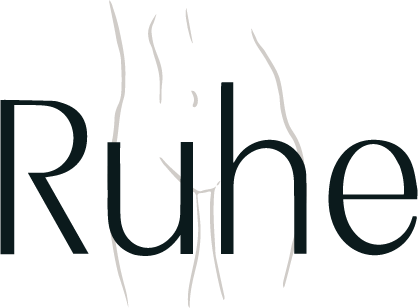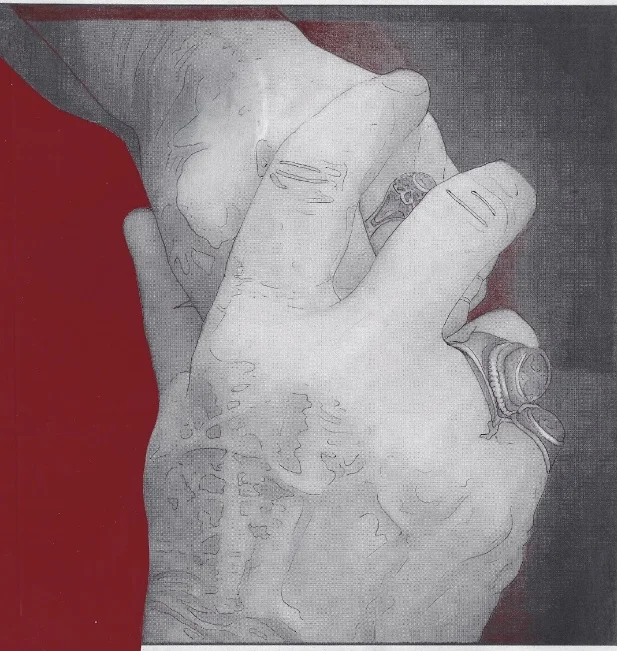THIS WORKOUT LENGTHENS & STRENGTHENS EVERY MUSCLE IN THE BODY
JOSEPHINE CUTHILL | OWNER & FITNESS INSTRUCTOR AT FRAMEWRK STUDIO
A well-lived life is about balance. Balance can improve wellness, happiness and satisfaction. And of course, being imbalanced can throw everything into a tailspin. The same principles apply to your fitness routine. If you’re only concentrating on either strength programs or flexibility programs, you need to introduce a workout to balance these fitness regimes.
This is where a program like Essentrics – with its mix of strengthening and flexibility – brings equilibrium to your routine and balances out your efforts at the gym helping to get you the best results from your workouts. In fact, Flare magazinerecently named Essentrics one of the best new fitness classes in Toronto.
WHAT IS ESSENTRICS?
Before dropping into what Essentrics actually is, let’s talk about how your muscles work:
To create movement, the muscle and connective tissue around your joints contract. Imagine you’re doing a bicep curl: To lift the weight, your bicep shortens in concentric motion but as the weight is lowered down, there’s an eccentric contraction, which is a lengthening in the bicep to control the weight and prevent a sudden drop, which could cause injury to your shoulder or elbow.
Isolating that eccentric contraction–the lengthening that takes place while lower the weight–is a powerful way to both strengthen and lengthen muscle. And that’s what we focus on in an Essentrics class.
Essentrics Class
Essentrics is a full body stretching and strengthening program focused on fluid and dynamic movement, aimed at working the body from top to bottom in a lengthened position. It can balance tight, shortened muscles as well as strengthen loose muscles, providing an ideal combination for all bodies and abilities.
Each class follows the same flow by first opening the body in standing dynamic and lengthening movements. While standing, we give extra toning and strengthening time to legs and arms by integrating our own body weight as resistance. Halfway through a routine, we use the floor or the barre to work the legs and abs. We end classes with deep and dynamic stretches which means we move while we stretch to unlock and release tension in muscle chains.
Be prepared – using body weight vs. hand weights doesn’t mean these movements are not challenging. The length on the muscle gives a good amount of resistance to work with.
WHERE DID ESSENTRICS COME FROM?
The Essentrics technique is the brainchild of Miranda Esmonde White, a Montreal-based movement coach. Her inspiration for the Essentrics program came from ballet training, physiotherapy and Tai Chi. You can see and feel hints of dance and ballet, but will also recognize some fluid movements from Tai Chi and specific exercises that are physio-based in nature.
The combination is a unique movement that stretches individual muscles as well as the complete muscle chains and surrounding fascia.
What is Fascia?
Fascia is the connective tissue that binds the body together on the inside. It weaves through muscle and tissue and literally holds us together.
When fascia gets stuck from a consistently tight area or stiff joint, it can create problems with mobility and range of motion, which are major setbacks for anyone hoping that fitness and exercise will improve their overall health. Fascia is also a major reason why women suffer from cellulite. Cellulite is fat trapped under fascia webbing which creates a honeycomb look on the body.
In short, fascia is the body shaper so it needs to be strong, flexible and malleable.
THE BENEFITS OF ESSENTRICS
- Relieve joint stress in the shoulders, hips, and spine
In Essentrics, lengthening the muscle and the fascia around it unlocks the body by decompressing and relieving stress on the joints. It’s particularly helpful for the shoulders, hips and spine; all areas where major injuries can occur. Keeping the body loose and adding this type of technique into a high intensity workout routine can also help reduce injuries that come from repetitive use of a muscle.
Essentrics and its movement can also help to break up scar tissue and restrictions that have formed from previous injury sites. Women can build up scar tissue and compression during or after pregnancy around the hips and abdomen from abdominal pressure and C-sections.
- Lean out your waist, arms and thighs
The side effect–and a nice benefit–of this type of lengthening work is that the muscles may look leaner. When Essentrics is part of a regular fitness routine, these changes are noticeable in the waist, arms and thighs–areas that get special attention in this program. And when we focus on creating longer muscles in the body, the result is a noticeable difference in muscle tone and body shape.
Another benefit of a program like Essentrics, which is low-impact and mobility-based, is that it can help reduce the signs of aging. Sound too good to be true? It’s not. Aging is actually the loss of muscles and cellular regeneration in the body. As we age, many of us start to slow down or find our movements become more limited, and we start to stiffen up in our joints. A program focused on reversing (rather than increasing) the tight and stiff areas in our body can dramatically slow down the aging process, keeping us moving, mobile and vibrant.
A major sign of aging and imbalances in the body (old and young) is in our posture. Over time, our spines begin to lose muscle structure and bone density–we slump our shoulders which puts a strain on the body and mind. Essentrics focuses a lot on the postural muscles–the big back and core muscles supporting the spine. This is a huge health benefit. You can exercise all you want but if your program isn’t considering what the inside of the body is doing, then it needs to be balanced out if your goal is overall long term greater health and wellness.
WHO CAN DO ESSENTRICS?
My experience with Essentrics
When I first started to do Essentrics in my early 30s, I had a severe yoga-related injury that was preventing me from working out. After a few weeks of doing the program 3 to 5 times each week, my injury subsided and I was able to add more rigorous workouts. And once I had seen the benefit for my overall health and fitness, I continued to make it a major part of my fitness routine. Over the years, it has helped keep me mobile, fit, lean and balanced. When I do get injured, I heal quickly and when I perform other workouts, it takes less time to recover from muscle overuse.
Who else can do Essentrics?
This is a program that can grow with you and your needs. I’ve seen young athletes add Essentrics into their training as an active recovery program to improve range of motion and flexibility, and I’ve seen elderly people with incredible stiffness begin this program to help them regain mobility. Often people suffering from injuries can do this program, and find it aids in recovery through improved blood flow. With modifications, it can be a safe program to perform during and after pregnancy.
Essentrics is also a program that can be done by the 60+ demographic. With the right modification and instruction, doing an Essentrics routine at a slower pace and keeping the movement loose and ‘smaller’ can help keep muscles active and mobile as we age without over-stressing our joints.
WHERE DO I FIND ESSENTRICS?
If you’re interested in Essentrics and willing to try something new, you can find Essentrics at studios including at in Toronto. Framewrk hosts a class almost every day of the week.
At Framewrk, we believe in balance for the body so you’ll find a good mix of high intensity and unique movement classes to choose from, with a lot of options for live Essentrics classes. We can be found at 9 Davies Avenue, Unit 206 in Toronto, online at www.framewrk.ca or @framewrktoronto on Instagram or Facebook.
Active recovery balances the body and is becoming an undeniable necessity in fitness regimes. Mindful movement emphasizing body awareness is an amazing way to stay healthy and mobile. If you love to run, then run! But don’t forget that your body needs balance to compensate from the harsh impact of the ground under foot on the ankles, knees, hips and shoulders.
Josephine Cuthill | Owner & Fitness Instructor at Framewrk Studio
Josephine Cuthill is a Toronto-based fitness instructor who teaches Essentrics, Barre and Conditioning classes. After discovering the power of movement, she started Framewrk studio to help others explore new movement practices and feel the best in their own bodies, minds and lives. Josephine and Framewrk can be found at www.framewrk.ca, or in person 9 Davies Avenue, Unit 206 Toronto ON. You can contact her by phone at 647-352-6683, by email at connect@framewrk.ca, or connect on Instagram or Facebook @framewrktoronto,


